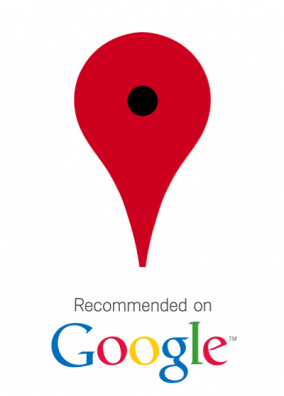Google Places is the old name for the Google Business listings. Through this program, companies could “claim” a business with Google, providing a customized listing on Maps and other Google services. Google is now integrating location specific search terms that include town and state with Google’s social network (G+) to introduce Google + Local
 Google Places Value
Google Places ValueGoogle is the most robust search engine, holding an estimated 65-70% market share. This means smart marketers will focus online efforts to ensure their business has a prominent presence in the search engine. This can be achieved by building a website and utilizing search engine optimization strategies, which typically takes a lot of financial resources and many months before the site ranks and begins to gain significant traffic.
The easiest and most cost effective method to make sure your business has a robust presence is through the use of Google + Local. If you have previously searched for an area business on Google, you’ve most likely noticed Google Places entries near the top of the results. These results, now known as Google + Local, appear before the standard results. The location makes these listings especially lucrative, and an important place to establish a business presence.
Originally, as Google was introducing Places, they believed it could serve as an effective systems for customers and merchants to communicate. Due to several reasons, this was not the case as blame was placed on the constraints of the Google Places platform.
In response, Google made the move to merge Places with its networking site, Google+; forming the new Google+ Local service. The change means when users search for a keyword and location combination, they will be taken to Google+ Local pages instead of Google Places. Google+ Local offers local business owner several advantages as a strong marketing tool that makes it possible to communicate with customers via Google’s social platform. The new G Plus Local Pages have gained attention because of their social marketing factors, which allow customers to post reviews and share company information with friends and contacts.
The change can be an inconvenience, but with the long term advantages it offers, businesses should make the decision to embrace and utilize this service. The conversion from Google Places to the new Google+ Local pages is inevitable, and will occur automatically without action on the part of the business owner.
Google Plus Local is geared toward giving consumers a more “active” feel. The new features should work towards helping to target your audience, and making your organization stand out. The Google Places page is not gone; it’s merely evolved to social.
The original Google Places was adequate for many people, but the integration with social aspects of Google+ now offers more features and opportunities for each business owner that decides embrace the change.
The switch emphasizes the chance for businesses to engage with customers, in order to increase brand loyalty and reputation. This was the primary limitation of Google Places, with its inability to consistently interface with potential customers. Google+ Local pages provide a more practical and individual social solution to marketing.
Frequent communication with consumers allows business owners to gain social proof and reviews from loyal customers. Reviews are critical when developing new customers, which aid people in finding trustworthy products and services. Customer generated reviews make your business stand out in the crowd and give consumers the differentiation they need to choose you.
When you offer great products and services, the impressive reviews and ratings will deliver positive results in acquiring new customers. Studies show people trust what other consumers say about your business, so it’s up to owners to take advantage of Google+ Local.